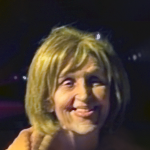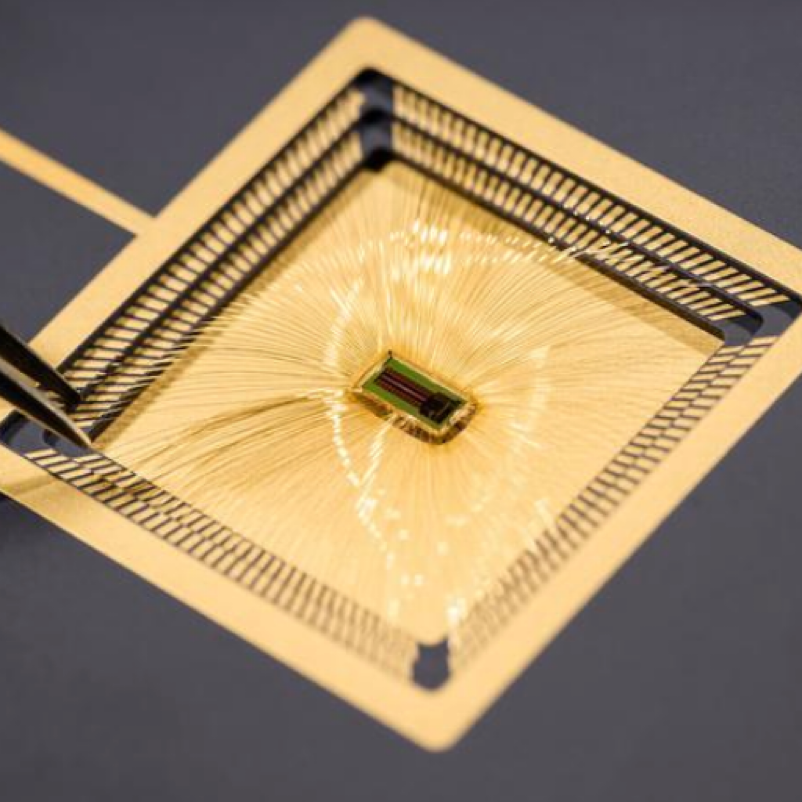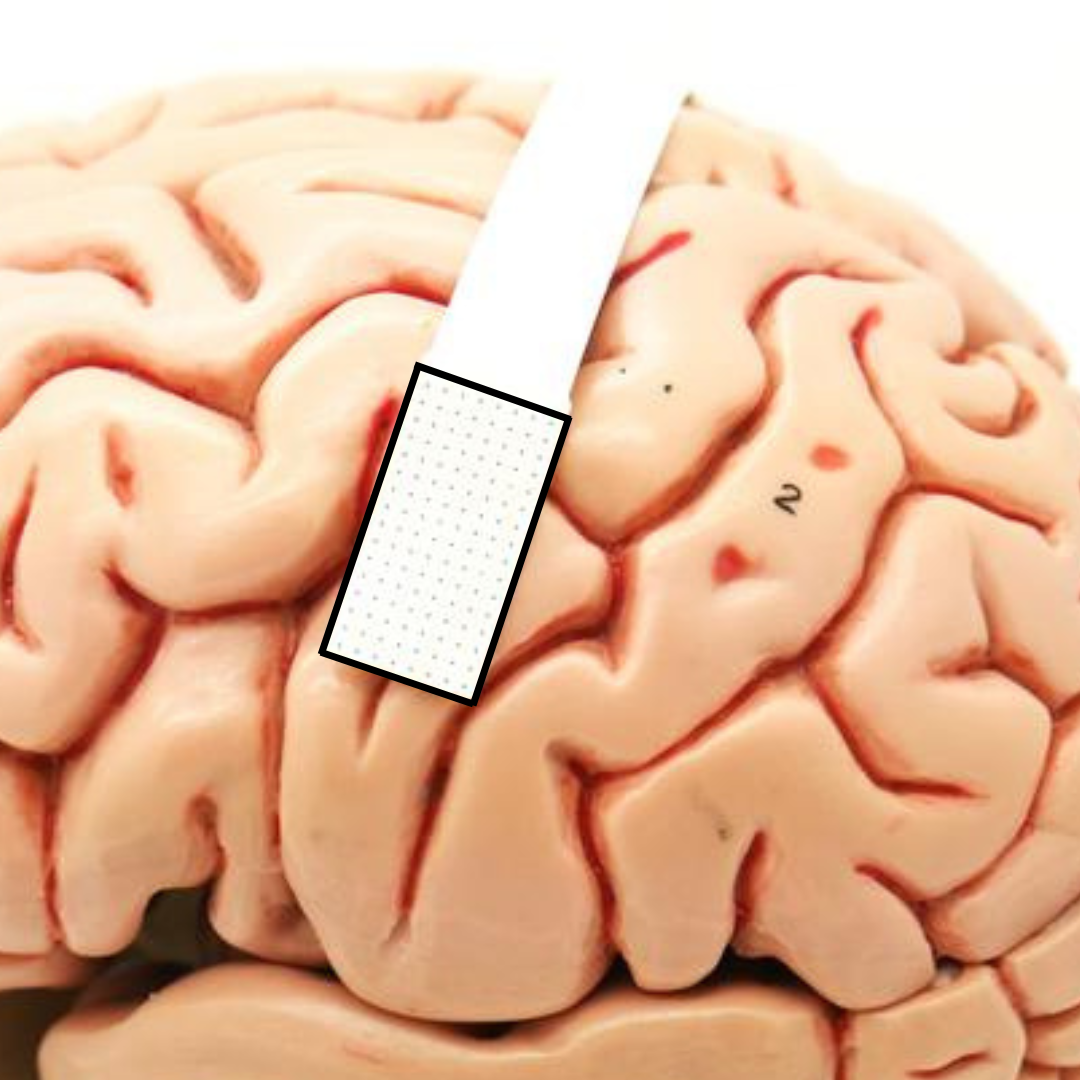Source of hidden consciousness in ‘comatose’ brain injury patients found
Aug. 14, 2023.
3 mins. read.
13 Interactions
Using EEG or MRI to Identify patients with hidden consciousness
Imagine you’re in a hospital for a football brain injury. You can hear and understand everything that’s going on, including a doctor’s verbal commands, like “open and close your hand.” But you can’t carry out those commands, despite your awareness.
Hidden consciousness revealed
Now a study by Columbia University researchers suggests that patients with hidden consciousness … cannot carry out those commands because of injuries in brain circuits that relay instructions from the brain to the muscles,” says study leader Jan Claassen, MD..
Classen is associate professor of neurology at Columbia University Vagelos College of Physicians and Surgeons and chief of critical care and hospitalist neurology at NewYork-Presbyterian/Columbia University Irving Medical Center.
The findings could help physicians more quickly identify brain-injured patients who might have hidden consciousness, and better predict which patients are likely to recover with rehabilitation.
Brain circuits disrupted
Hidden consciousness, also known as “cognitive motor dissociation” (CMD), occurs in about 15% to 25% of patients, with brain injuries stemming from head trauma, brain hemorrhage or cardiac arrest.
In previous research, Claassen and colleagues found that subtle brainwaves detectable with EEG are the strongest predictor of hidden consciousness and eventual recovery for unresponsive brain-injured patients.
Identifying patients with CMD
But the precise pathways in the brain that become disrupted in this condition were unknown. In the new study, the researchers used EEG to examine 107 brain injury patients. The technique can determine when patients are trying, though unable, to respond to a command such as “keep opening and closing your right hand.”
“Using a technique we developed called bi-clustering analysis, we were able to identify patients with CMD and contrast to those without CMD,” says co-lead author Qi Shen, PhD, associate research scientist in the Claassen lab and an expert in signal processing, machine learning and biostatistics.
Using EEG (brain-wave detection), the researchers found that all of the CMD patients had intact brain structures that were related to arousal and command comprehension. This supported the notion that these patients were hearing and understanding the commands, but were unable to carry them out.
“We saw that all of the CMD patients had deficits in brain regions responsible for integrating comprehended motor commands with motor (muscular, etc.) output, preventing CMD patients from acting on verbal commands,” says Claassen.
MRI identification of CMD
The findings may now allow researchers to better understand which brain injury patients have CMD. That will be useful for clinical trials that support the recovery of consciousness.
“However, our study shows that it may be possible to screen for hidden consciousness using widely available structural brain imaging, moving the detection of CMD one step closer to general clinical use,” Claassen says.
“Not every critical care unit may have resources and staff that is trained in using EEG to detect hidden consciousness, so MRI may offer a simple way to identify patients who require further screening and diagnosis.”
Citation: Eva Franzova, Qi Shen, Kevin Doyle, Justine M Chen, Jennifer Egbebike, Athina Vrosgou, Jerina C Carmona, Lauren Grobois, Gregory A Heinonen, Angela Velazquez et al. 14 August 2023. Injury patterns associated with cognitive motor dissociation. Brain, https://doi.org/10.1093/brain/awad197
Let us know your thoughts! Sign up for a Mindplex account now, join our Telegram, or follow us on Twitter.


.png)

.png)


.png)







1 Comments
One thought on “Source of hidden consciousness in ‘comatose’ brain injury patients found”
🟨 😴 😡 ❌ 🤮 💩